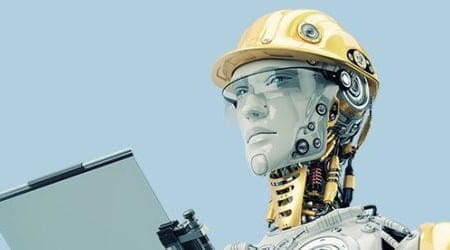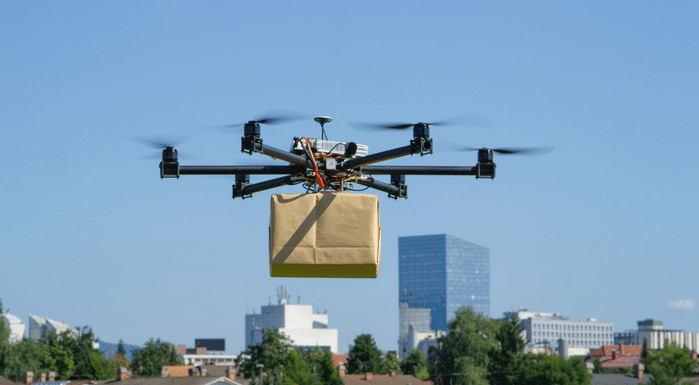To become automated, processes must be rules based and standard, and to ensure investment in the RPA brings a tangible return, then those processes should also be high in volume and low in value.
While a process does not have to satisfy all of the eight criteria below to offer an opportunity for your business, they give a good starting point to identify if RPA might work:
- Process standardisation
Process needs to be defined in terms of a set of unambiguous business rules (i.e. no judgement required) - Rules based exceptions
Simpler processes with little exceptions in delivery - Manual work involved
Process should have little automation support today and large amounts of manual work - Process stability
Process should be well defined and stable - Number of systems used
Process should typically require employees to access one or multiple independent systems - Transaction frequency and volume
Processes should have a high number of transactions which are labour intensive, time-consuming, or has high-cost impact errors - Prone to error
Manual activities in the process today result in errors due to human operator mistakes - Structured data
Data needs to be structured, not unstructured (pdf/email)*
* Today, RPA is unable to directly manage unstructured datasets, requiring cognitive technology to first extract and create structured data using advanced capabilities, such as optical character recognition (OCR) and natural language recognition (NLR). RPA can then be applied.
Test your understanding
This information is an extract from ICAEW and Deloitte's eLearning module on RPA. This resource includes more details on the technology and its implementation, including exercises to help you understand where it could best support your organisation.
Finance in a Digital World
Make sure you're ready for the changes that digital technologies are bringing to finance functions and accountancy work. Complete eLearning, watch webinars and read bite-sized summaries on the opportunities and challenges brought by automation, artificial intelligence and big data.

Get to grips with RPA
In this eLearning module, you'll discover how computer programs that mimic human action are beginning to automate the manual activities that often slow finance down. It covers what RPA is and what it can do; the benefits and how to identify opportunities in your organisation.
Find out more

